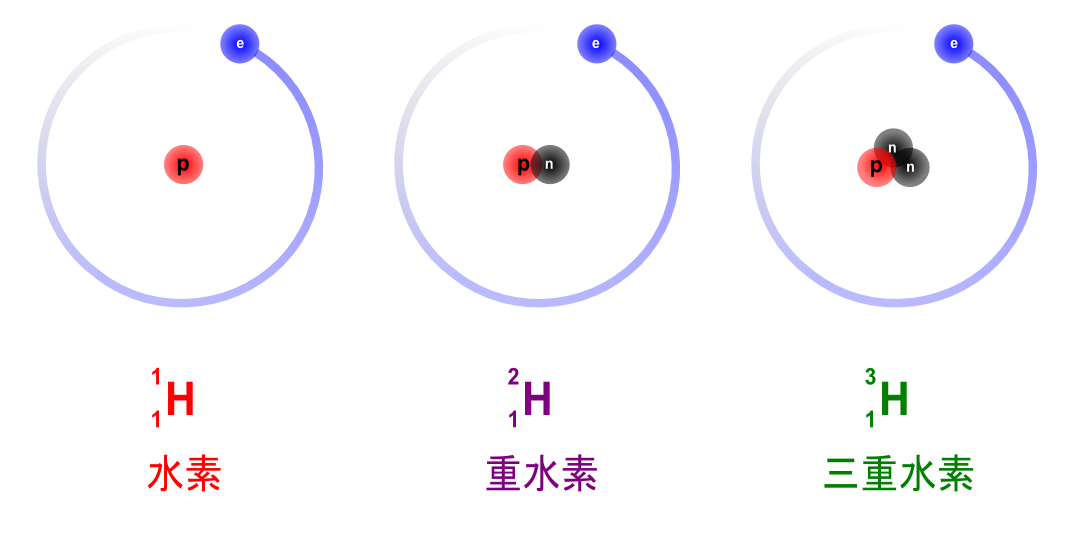Monday's Lesson - One Joke Too Many?
This week's lesson is to be careful of being too jocular. If you kid around too much, people might not take you seriously. How much is too much? Maybe only once. Just listen to this cautionary tale: Once upon a time, there was a brilliant physics grad student, who was working on a marvelous theory of the early universe with a highly-regarded professor. These physicists were considering the composition of the early universe, shortly after the big bang. Assuming that the big bang would leave behind only the most elementary of particles, they figured that all nuclei that exist now must have been built up from individual nucleons. They calculated the rate at which the nucleons would accumulate into heavier nuclei, and predicted the relative abundances of various nuclei in the universe.
Once upon a time, there was a brilliant physics grad student, who was working on a marvelous theory of the early universe with a highly-regarded professor. These physicists were considering the composition of the early universe, shortly after the big bang. Assuming that the big bang would leave behind only the most elementary of particles, they figured that all nuclei that exist now must have been built up from individual nucleons. They calculated the rate at which the nucleons would accumulate into heavier nuclei, and predicted the relative abundances of various nuclei in the universe.
When the young grad student, by the name of Ralph Alpher, was ready to publish this paper, he consulted with his adviser, George Gamow, who would also be listed as an author on the paper. Now, Gamow had a sense of humor, and couldn't resist a joke, especially on a paper to be published on April 1, 1948. So he asked his friend Hans Bethe to be a co-author. To this day, the work is referred to as Alpher-Bethe-Gamow or Alpha-Beta-Gamma theory.
All in good fun, I guess, but it seems no one took the brilliant young physicist seriously. I remember hearing about the paper in graduate school and being under the impression that the whole thing was a joke. Only now, on the occasion of Alpher's death, have I become aware that actually only Bethe's name was a joke. Others assumed that, with the names of Bethe and Gamow - two high-powered physicists - on the paper, that Alpher probably didn't contribute much, when actually it was Bethe who didn't contribute much, er anything.
The Alpher-(Bethe)-Gamow theory of nucleosynthesis did a good job of predicting the relative abundances of helium and hydrogen, but it was not able to explain all the nuclei we see in the universe. One reason was that there is no stable isotope with a mass number of 5 (i.e., one made up of 5 nucleons). If a 5-nucleon nucleus is not stable, it does not stick around long enough to capture another nucleon to produce one with a mass number of 6 (like lithium-6), much less any higher mass nuclei. All nuclei beyond helium must be produced in stars, where the high temperature and density are able to smash nuclei together (rather than individual nucleons) to cause fusion of higher mass elements.
Hans Bethe won the Nobel Prize in 1967 for working on this stellar nucleosynthesis, but Gamow and Alpher never won Nobel Prizes. Many people in the physics community think Alpher should have won the Nobel Prize, if not for this work on primordial nucleosynthesis, then certainly for his prediction of the microwave background radiation a year later. Penzias and Wilson won the Nobel Prize in 1978 for their experimental (accidental) discovery of this echo of the big bang that Alpher and Robert Herman had described 15 years earlier. Is the fact that he never did win the Nobel Prize all due to a little April Fools joke?
Many people in the physics community think Alpher should have won the Nobel Prize, if not for this work on primordial nucleosynthesis, then certainly for his prediction of the microwave background radiation a year later. Penzias and Wilson won the Nobel Prize in 1978 for their experimental (accidental) discovery of this echo of the big bang that Alpher and Robert Herman had described 15 years earlier. Is the fact that he never did win the Nobel Prize all due to a little April Fools joke?

2 comments:
Does this mean that deep down Dr. Sieglaff is a cat? :)
OOPS! I revealed his true identity. :-0
Post a Comment